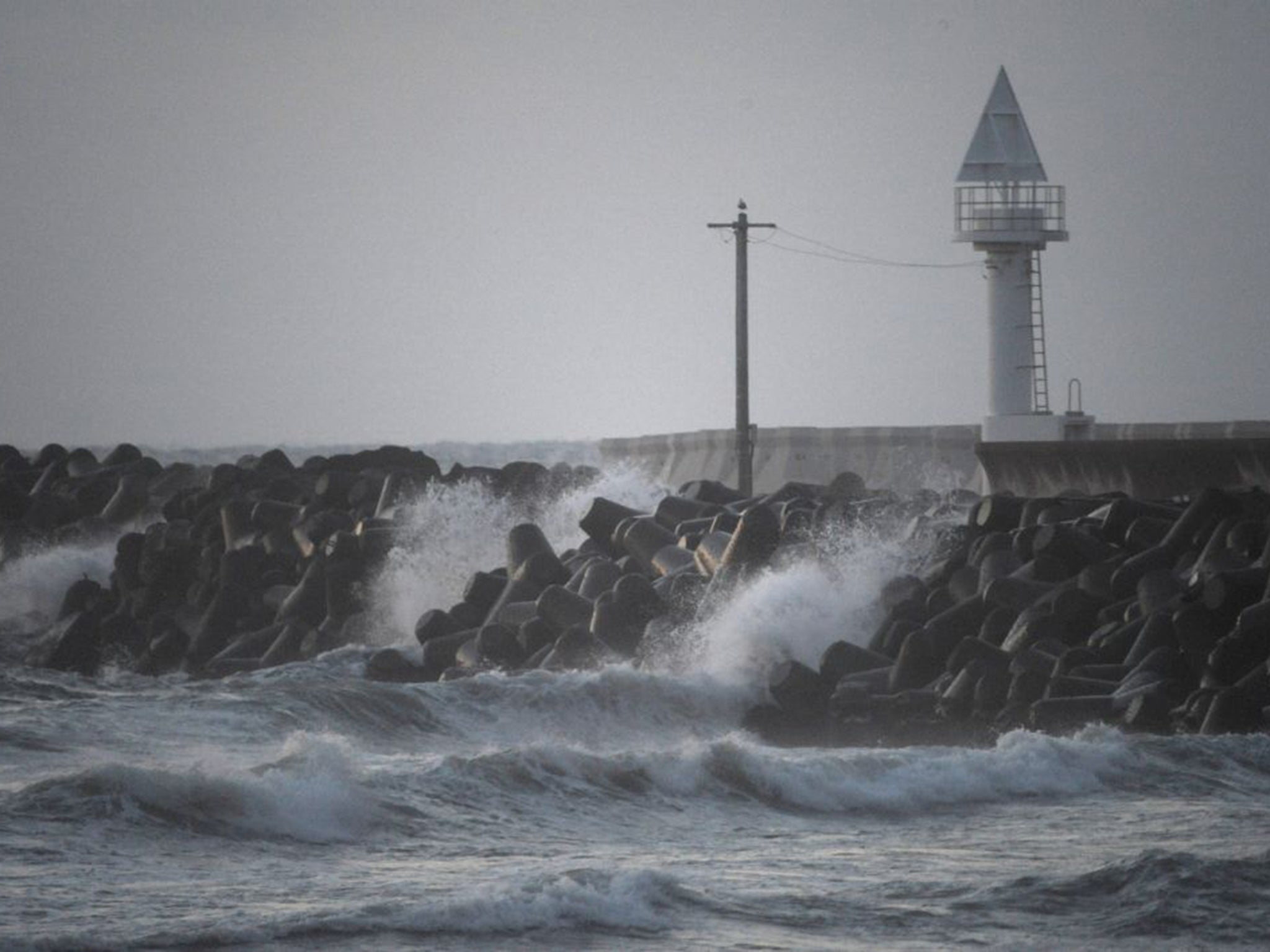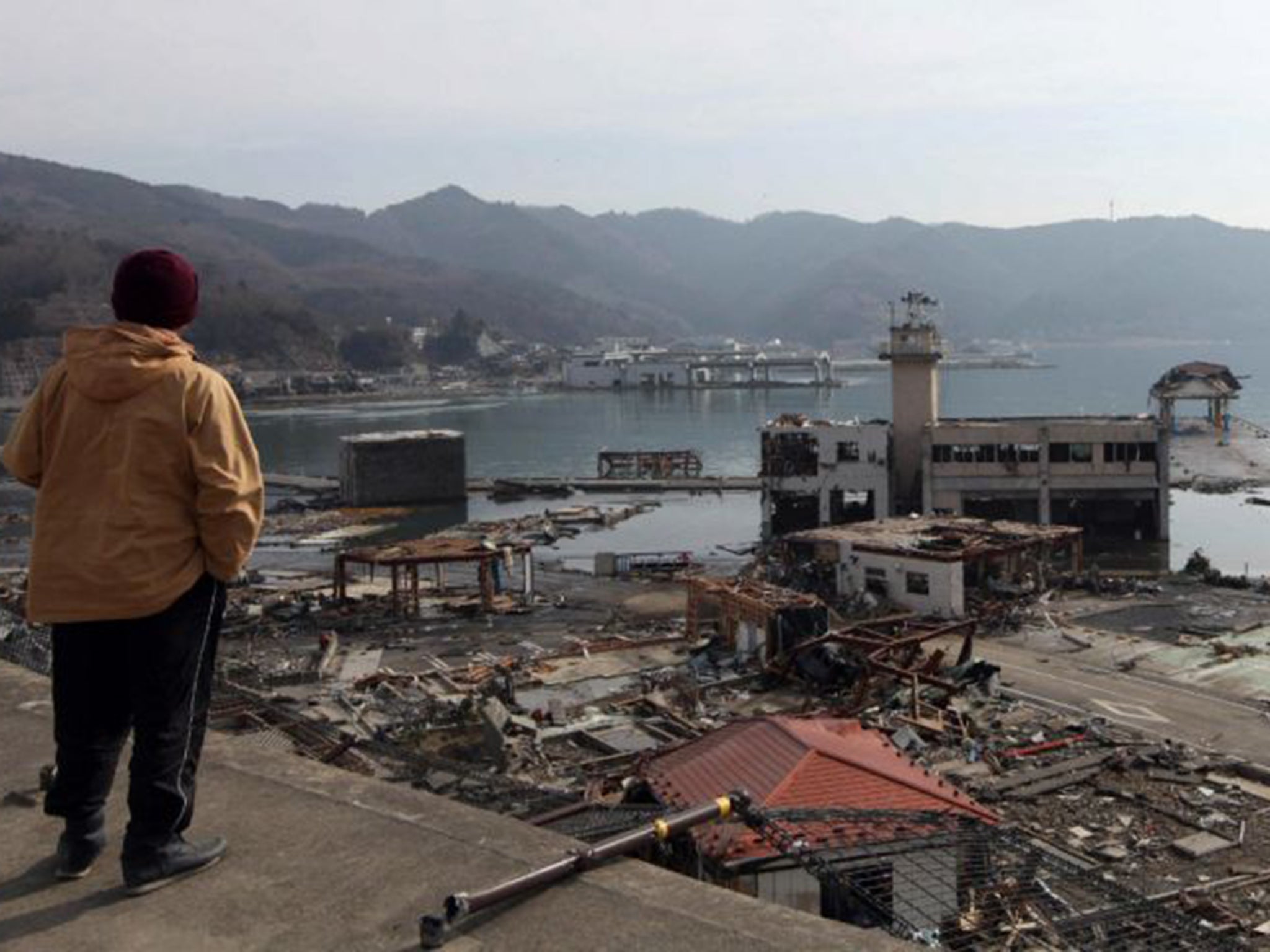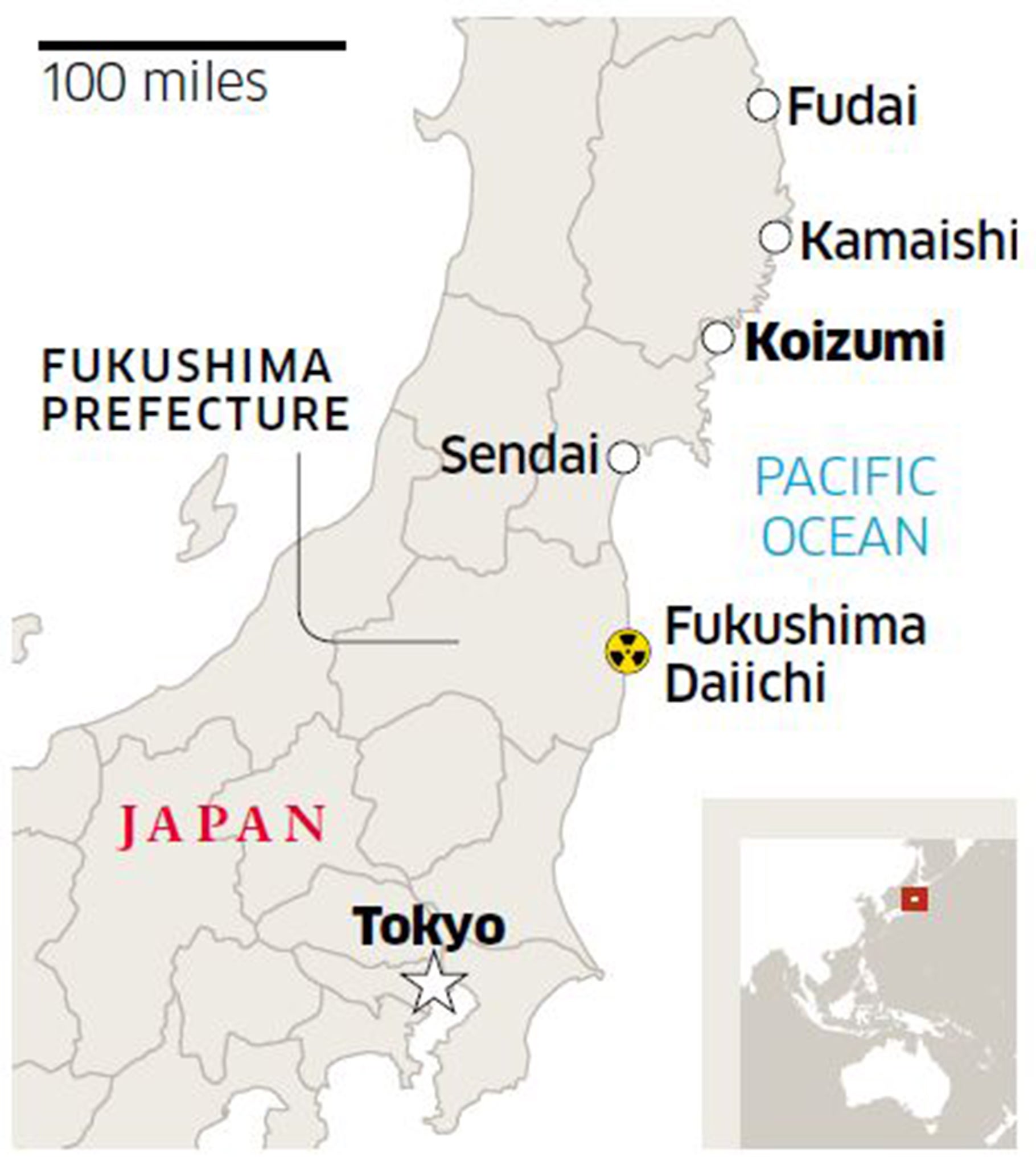Japan's sea wall: Storm brews over plans to construct giant £5bn barrier against tsunamis
A £5bn concrete barrier would fail to protect the coast from another huge tsunami but would crush tourism, say its critics

Your support helps us to tell the story
From reproductive rights to climate change to Big Tech, The Independent is on the ground when the story is developing. Whether it's investigating the financials of Elon Musk's pro-Trump PAC or producing our latest documentary, 'The A Word', which shines a light on the American women fighting for reproductive rights, we know how important it is to parse out the facts from the messaging.
At such a critical moment in US history, we need reporters on the ground. Your donation allows us to keep sending journalists to speak to both sides of the story.
The Independent is trusted by Americans across the entire political spectrum. And unlike many other quality news outlets, we choose not to lock Americans out of our reporting and analysis with paywalls. We believe quality journalism should be available to everyone, paid for by those who can afford it.
Your support makes all the difference.Like hundreds of communities along Japan’s north-east coast, the village of Koizumi exists on maps only. Five years ago, an earthquake under the Pacific Ocean triggered towering waves that carried away nearly 18,000 people. The deluge flattened Koizumi and drowned 40 of its 1,800 residents. In a country with about 20 per cent of the world’s strong earthquakes, and pummelled by a tsunami roughly every seven years, the survivors know that some day calamity will almost certainly strike again.
Japan’s government wasted little time announcing a tried-and-tested solution: pouring concrete. A few months after the March 2011 disaster, it pledged to build hundreds of sea walls and breakers in the three worst-hit prefectures. The cost? About £4.8bn.
Many more are on the drawing board. A joint report by the ministries of agriculture and land says 14,000km (8,700 miles) of Japan’s 35,000km coastline requires tsunami protection. “It’s madness,” concludes Masahito Abe, a Koizumi resident who opposes the plans.
The government’s solution is controversial, not least because the evidence for the barriers’ effectiveness is mixed, at best. Fudai, a village sheltering behind a giant concrete shield once condemned as a costly waste of time, escaped unscathed in 2011. But in the city of Kamaishi, a £1.1bn breakwater crumbled when the tsunami hit.
Nearly 90 per cent of the sea walls along the north-east coast suffered similar fates, a blow to a country considered among the best protected from the fury of natural disasters. Critics say they made the impact of the deluge in many places worse. “There is simply no guarantee that sea walls will stop every single tsunami,” says Nobuo Shuto, a tsunami engineer at Tohoku University, in the city of Sendai.

The sea wall failure was most striking at the Fukushima Daiichi Nuclear Plant. The plant’s operator, Tokyo Electric Power Company (Tepco), has argued since the crisis that the 13-metre tsunami that overwhelmed the plant’s cooling system following the earthquake was “beyond all normal expectations”. An internal Tepco report in 2008, however, predicted the potential for a maximum tsunami of 15.7 metres.
Mr Shuto, though not against all sea walls, is among a growing number of people pushing for a rethink. Surprisingly, perhaps, Akie Abe, the Prime Minister’s wife, is among them. She has gingerly spoken out against a plan signed off by her husband, saying it could damage tourism and destroy ecosystems. But she has had little success convincing local authorities to change course – sea walls bring jobs, and riches to Japan’s powerful construction companies.

The same inflexible response has been experienced across the north-east, says Hiroko Otsuka, a campaigner who grew up near Koizumi. She says bureaucratic decisions made and funded from Tokyo are almost impossible to reverse. “There is no mechanism to make it happen, no matter how many residents, environmentalists or academics are against it.” Koizumi’s 14.7-metre wall, with a price tag of 230 million yen (£1.4m), will shelter a community that is no longer there. The village has been moved 3km inland. Essentially, the money will go to protecting rice paddies, says Mr Abe, the Koizumi resident.
Even more puzzlingly, the land ministry admits the new structures are not designed to withstand the sort of seismic event that occurred in 2011. That quake is considered a once-in-a-thousand-year calamity and nothing could block it, said a spokesperson for the ministry. Koizumi’s wall is less than half the size of the highest wave that hit the area five years ago. Still, the walls will save lives, and many residents demand them, insists the ministry.
Ms Otsuka disagrees. She says coastal residents sheltering behind the walls are lulled into a sense of false security, and lose the ability to read the sea.
Another issue, Ms Otsuka believes, is that residents are so occupied with the “concerns of reconstructing their lives” they have little room for a full debate over the sea wall plans. Linked to this is the fact that landowners have been contacted to sell their now-useless land to the government so it can be used for seawall construction – which would provide residents with vital money to rebuild their lives. So, Ms Otsuka argues, the “authorities have created a sentiment that campaigning against the sea walls would further delay the reconstruction process”.
The 2011 deluge killed Ms Otsuka’s mother, and her brother’s two children. They could have been saved if they had fled 10 metres up a hill behind their house, she says. They did not run because they thought the village sea wall would protect them. Mr Abe was more fortunate: two decades ago he moved his young family to a nearby hilltop back from the sea. “We lived when so many others didn’t,” he laments. “It makes my heart hurt to think about that.”
Join our commenting forum
Join thought-provoking conversations, follow other Independent readers and see their replies
Comments